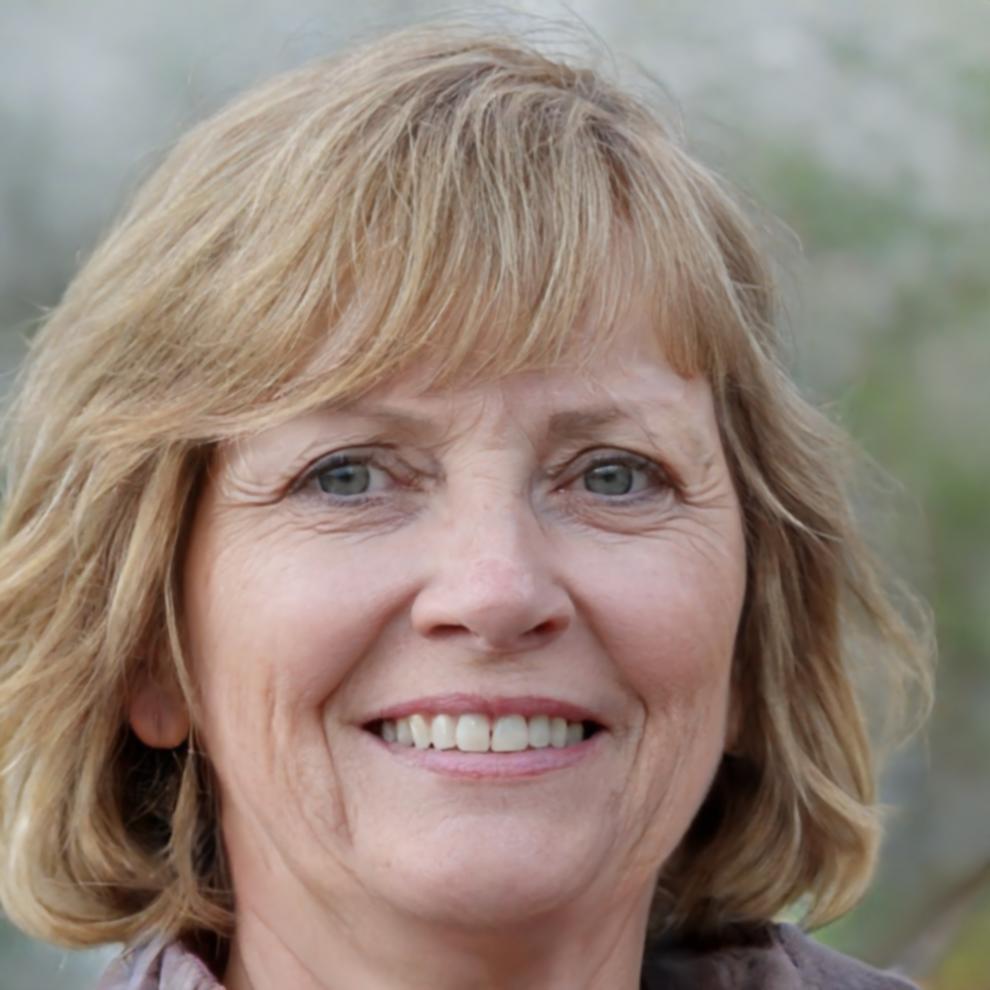Building Confidence Through Real Investment Knowledge
Start your investing journey with practical guidance that respects your pace and questions.
Our autumn 2025 program begins where you are. Not where someone thinks you should be. We've spent years watching people try to learn investing through rushed courses and jargon-heavy materials that leave them more confused than when they started.
This approach is different. You'll work through actual scenarios, ask uncomfortable questions, and understand why certain choices make sense before you're expected to make them yourself.
Ask About Our Approach
How the Program Actually Works
Six months of steady progress. Each phase builds on what you've already mastered, so nothing feels rushed or overwhelming.
Foundation Phase: September–October 2025
We start with the language of investing. Not the fancy terminology meant to impress, but the actual words and concepts you need to read financial news without feeling lost. This phase covers risk profiles, asset classes, and how markets actually function day to day.
- Understanding your relationship with financial risk
- Breaking down stocks, bonds, and funds without the complexity
- Reading market indicators that matter to individual investors
- Identifying reliable information sources from noise
Analysis Skills: November 2025
Now you'll learn to evaluate investment opportunities. We use real company reports and actual market data. You'll practice spotting red flags, understanding valuation basics, and recognizing when something sounds too good because it probably is.
- Reading financial statements without an accounting degree
- Comparing investment options fairly across different categories
- Recognizing common pitfalls before they cost you money
- Building your personal evaluation framework
Portfolio Construction: December 2025–January 2026
This is where theory meets your specific situation. You'll design a portfolio strategy that fits your goals, timeline, and comfort level. We'll discuss diversification, rebalancing, and managing expectations when markets don't cooperate.
- Creating allocation strategies based on your timeline
- Understanding when and how to adjust your holdings
- Planning for taxes and fees that eat into returns
- Setting realistic benchmarks for your progress
Ongoing Support: February 2026
The final phase focuses on staying consistent. Markets will change, news will panic you, and you'll second-guess decisions. We'll work on developing habits that keep you on track and recognizing when changes make sense versus when you're just reacting emotionally.
- Building review routines that don't consume your life
- Handling market volatility without making rash decisions
- Knowing when professional advice becomes necessary
- Continuing your education beyond this program
Who You'll Learn From
Our instructors have made mistakes, learned from them, and now help others avoid the same pitfalls. They teach because they remember what it felt like to not understand.

Oisín Hennessey
Portfolio ManagementSpent fifteen years managing institutional portfolios before realizing he preferred teaching people who asked honest questions. Oisín focuses on making complex allocation strategies understandable without dumbing them down.

Saoirse Dempsey
Market AnalysisStarted her career as a financial journalist, which taught her how to explain complicated concepts to people who didn't have all day to figure them out. She brings that clarity to teaching fundamental analysis.

Bronagh Fitzpatrick
Risk AssessmentWorked in risk management for a major bank before deciding she'd rather help individuals understand their own risk tolerance. Bronagh is known for honest conversations about what can actually go wrong.
